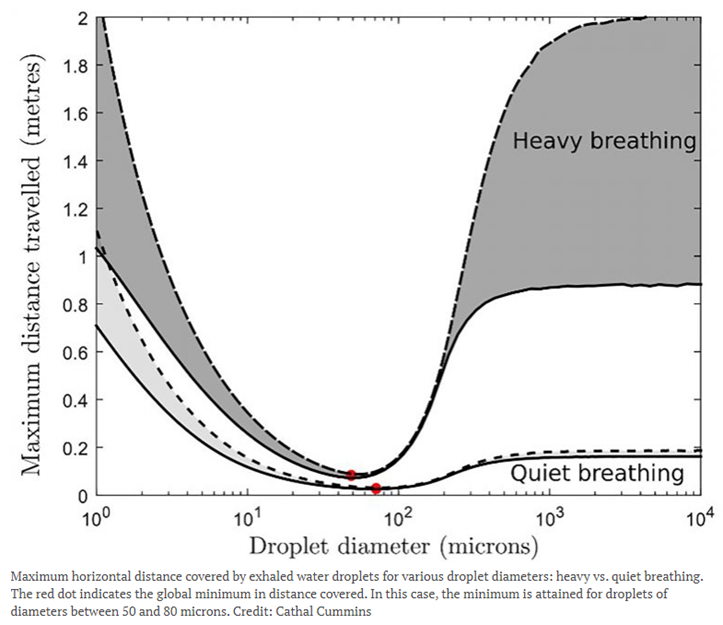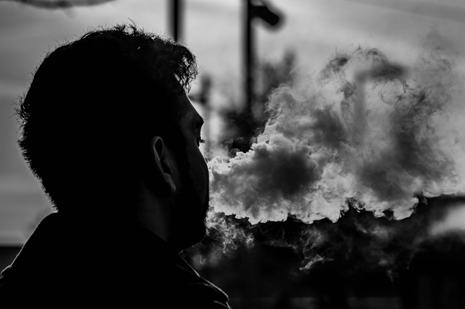For this combination of reasons, physics greatly favors aerosols and greatly disfavors droplets for infection under close proximity. When talking, it is aerosols!
We need to review **Vertical Motion** first, and then **Horizontal Motion**. These can be treated as decoupled (can be studied separately) to first approximation per Newton’s law in vector form.


- "Virus is 0.1 um", naked in the air. Not it is not.
- “Water uptake by virus-containing particles makes them heavier and they fall out of the air faster.” This effect is small, unless the relative humidity is > 85%
- “Drying kills the virus”: the opposite is true for SARS-CoV-2 and other viruses, drying helps survival (dhs.gov/science-and-te…)

100 um has 8000 times the mass of 5 um particle. Not a small error!
(just use the aerosol calculator and change the acceleration of gravity in the formula on cell B209 from default value of 9.807 m/s2 to 950 m/s2

(a) **have to** infect by ballistic impact
AND
(b) they *cannot* be inhaled.
Repeat: large droplets that fall close to the person cannot be inhaled
First the simple part, already discussed: aerosols stay in the air, will be carried by air motions of 0.1 m/s. So can easily travel across the scale of a room.



Not heard any credible hypotheses to explain that key observation with droplets.
(UV deactivates the virus, but too slowly to matter in close proximity, see dhs.gov/science-and-te…)
I would particularly appreciate any studies that have looked at physics, and concluded droplets matter. Haven't found any.















